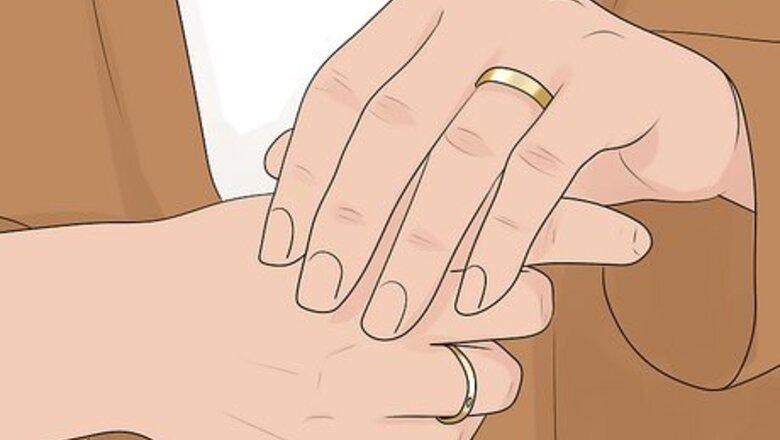
views
- Engagement and wedding rings go on the ring finger (next to your pinky on the left hand) because the vein in the ring finger is supposedly the closest to the heart.
- The left ring finger is a symbol of beauty, creativity, and eternal love. The right ring finger symbolizes promise, willpower, and chastity.
- The pinky signifies depth and connection. The middle finger symbolizes identity and purpose. The index finger is associated with leadership and the thumb is for freedom.
The Ring Finger
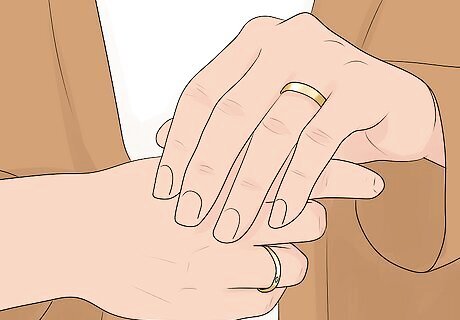
The ring finger represents beauty, eternal love, and creativity. The ring finger is where most cultures put engagement and wedding rings, and with good reason. It’s believed the finger next to your pinky is an extension of your heart and soul. On the right hand, the ring finger is associated with chastity, promise, and willpower. Popular gemstones: Jade, moonstone, turquoise, and sapphire. Astrological connections: The Greek God Apollo, who is associated with the Sun, truth, and prophecy.
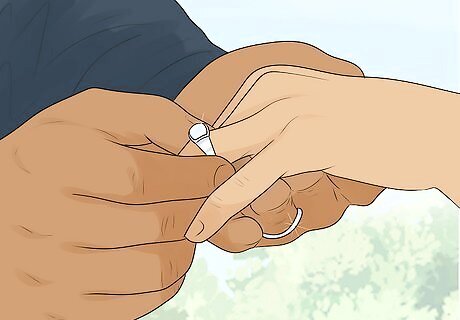
Rings on a ring finger represent marriage, engagement, and love. It’s believed the vein in the ring finger goes directly to the heart. This goes all the way back to ancient Egypt when Egyptian doctors first discovered the vein in 395-423 AD. Known as the “Vein of Love” (or the Vena Amoris), the vein inside of the ring finger is supposedly the fastest path from the hand to the heart. As such, a ring on the ring finger indicates that your heart is taken by the person you love. The vein in the ring finger isn’t actually unique. All of your fingers are basically equally far from the heart. In Jewish traditions, widows and widowers will move the wedding band to their right hand after their spouse dies. The official ring finger is always on the left hand, although people will colloquially refer to the fourth finger on the right hand as the “ring finger on your right hand.” Some people will use the righthand ring finger for promises to boyfriends/girlfriends.
The Pinky
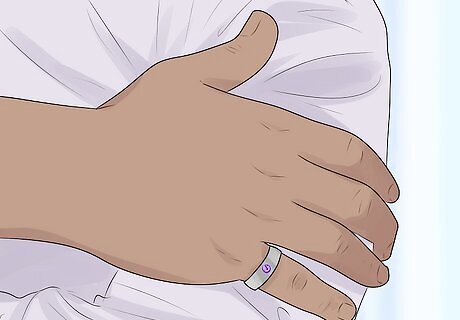
The pinky represents depth, connection, and marital status. There’s an old tradition among men who are happily married. They’ll wear a second “wedding ring” on the pinky as a sort of additional representation of devotion. As such, the pinky exudes a connectedness to those you care about, and it’s the finger associated with taste, love, and appreciation. Popular gemstones: Amber, moonstone, citrine, jade, and amethyst. Astrological connections: Mercury, which symbolizes wisdom, intelligence, power, and persuasion.

Pinky rings are associated with club membership, grifting, and singledom. The pinky finger is a popular location for signet rings—an engraved ring displaying a personal seal, family crest, or club logo. In Victorian times, wearing a pinky ring was also a signal that you didn’t want to get married. These days, the pinky ring is often associated with thieves and con men, although this seems to be more of a media invention than anything else. The pinky ring signaling a disinterest in marriage is probably the origin of the “player/pimp with a pinky ring” trope. Historically, men in the UK and Germany would wear their wedding ring on the pinky. This is extremely rare these days, though. Some believe that the pinky on your right hand is for professional rings or confidence in business, while the left is for clubs or criminal ties.
The Middle Finger

The middle finger conveys purpose and identity. Because it rests in the middle of the hand, the middle finger serves as a sort of centerline. As such, it’s associated with the self, and it’s the finger most likely to be connected to your ambitions, beliefs, and self-esteem. Popular gemstones: Rose quartz, aquamarine, and coral. Astrological connections: Hermes, the Greek God of guidance and travel. The middle finger is also associated with Saturn in astrology.

If they’re not purely for fashion, middle finger rings express power. The middle finger is probably the least popular location for a “meaningful” ring, so many people use the middle finger as the location for stylish and fancy rings you want to showcase. In some cultures, especially in Southern Asia, a ring on the middle finger conveys power and responsibility, which is why you’ll often see heads of families wearing bands on their middle fingers. There are no major differences between rings on the lefthand or righthand middle fingers.
The Index Finger

The index finger is associated with leadership and self-image. The pointer finger is used to direct others and draw attention. As a consequence, it’s associated with direction, guidance, confidence, and authority. It’s also connected to self-respect and personal belief, as where you choose to point others says a lot about you. Popular gemstones: Topaz, amethyst, and lapis lazuli. Astrological connections: Jupiter, which is associated with ambition, confidence, and mystery.
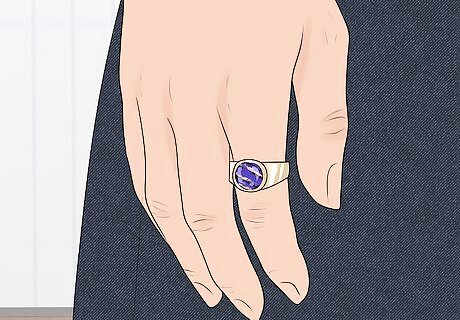
Index fingers are ideal for professional and class rings. The index finger (also called the pointer finger) is the most-used finger on each hand, so it’s not a popular spot historically for a big ring. However, people have historically used the index finger on either hand for smaller class rings or rings that come with membership in a particular organization. Some websites suggest that index finger rings were historically used to denote a certain status of nobility, but there isn't evidence to support that theory. According to some people, the lefthand index is for rings that represent authority while the righthand index finger is reserved for rings that represent hobbies or beliefs. In some Jewish traditions, the index finger on the right hand is the “ring finger” for women, meaning this is where the groom sets the bride’s wedding ring.
The Thumb
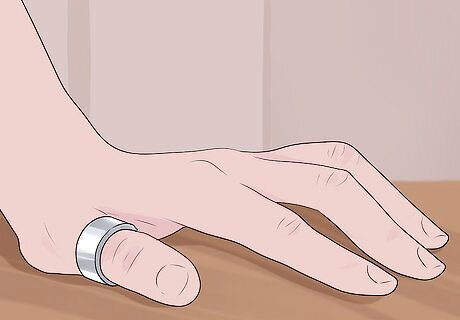
The thumb is bound to your willpower, logic, and freedom. The thumb is different from all of your other fingers. As a result, it’s associated with your independence. Everything you have total control over is condensed into this digit. It’s your mind, your personality, and your overall personal mobility. Popular gemstones: Any metal, gold, or diamond. Astrological connections: None.
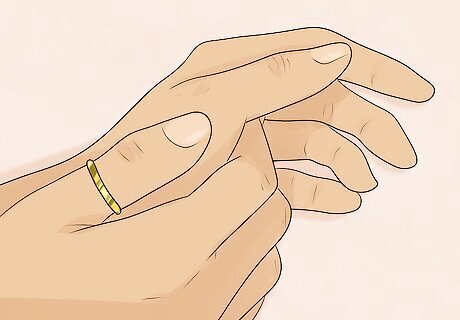
Thumb rings reflect culture, a love of hunting, or queer identity. The thumb is where archers set their thumb draws to pull bowstrings back. As such, thumb rings are popular among groups where hunting is a big cultural activity, which is why you’ll see a lot of Northern African, Native American, and Asian cultures wear thumb rings. Some hunters will even wear thumb rings for practical reasons—to protect their skin from bowstrings. In modern times, the thumb ring is popular among queer, bi, and Lesbian women. The thumb ring as a symbol for queer women is comparable to the single earring in the right ear for gay men. Historically, it has been dangerous to be openly LGBTQ+, so these kinds of little “codes” sprang up organically over time so that LGBTQ+ people could find one another. The first instance of a thumb ring dates back to Shakespeare! There doesn’t appear to be a difference between the left and right thumb when it comes to the meaning of a ring.


















Comments
0 comment